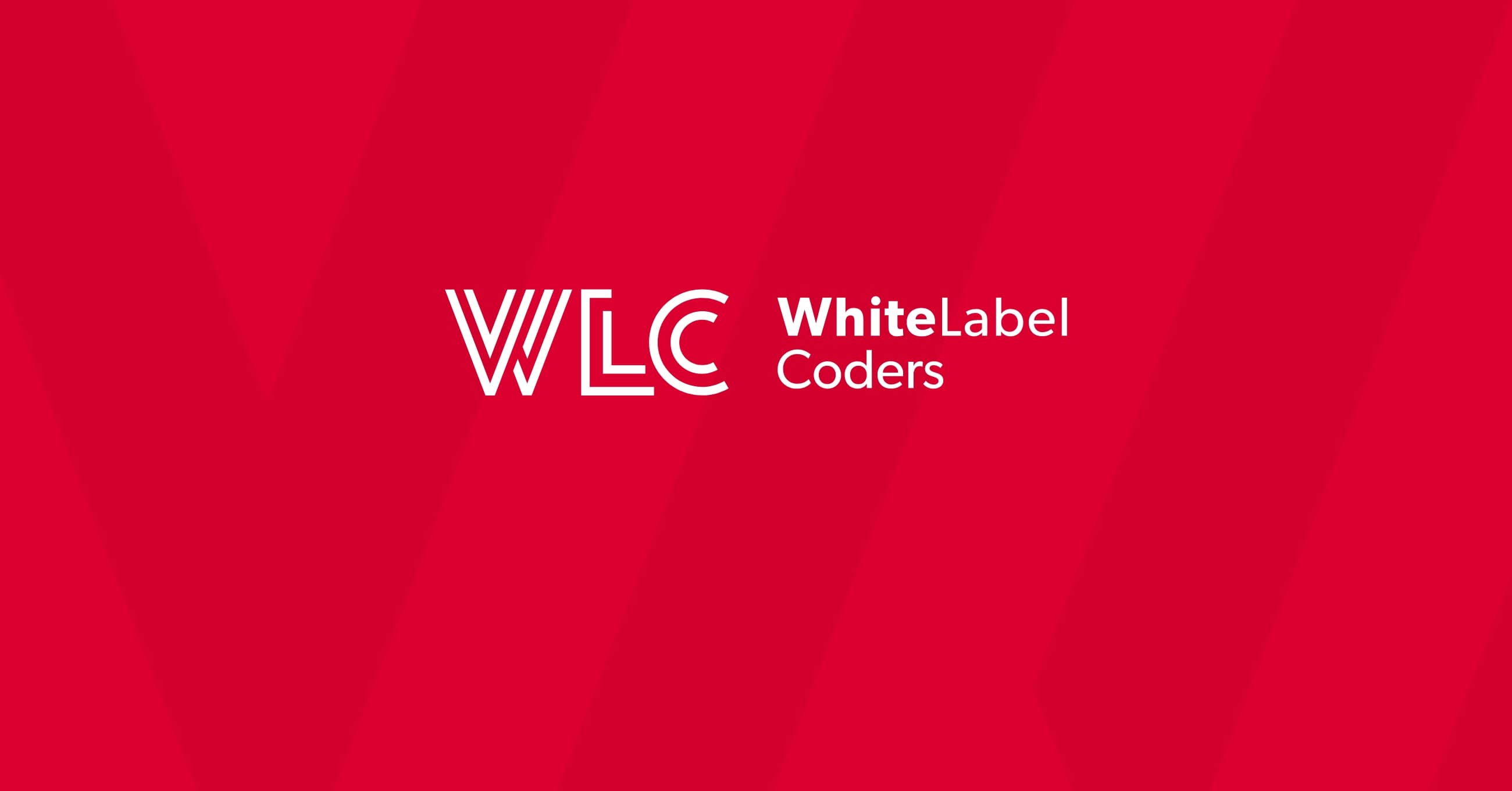Category: SEO AI
What is API integration in WordPress?

Have you ever wondered how your favourite WordPress site seamlessly displays weather updates, social media feeds, or payment processing? The magic behind these dynamic features lies in API integration – a powerful technology that transforms static websites into interactive, data-driven platforms. Whether you’re building a custom WordPress website or enhancing an existing one, understanding API integration is crucial for modern web development.
API integration allows WordPress sites to communicate with external services, share data between applications, and create sophisticated user experiences that would be impossible with WordPress alone. This comprehensive guide will walk you through everything you need to know about implementing APIs in WordPress, from basic concepts to advanced integration techniques.
What is API integration and why does it matter in WordPress?
An Application Programming Interface (API) serves as a bridge between different software applications, allowing them to communicate and share data seamlessly. Think of an API as a waiter in a restaurant – it takes your order (request), communicates with the kitchen (external service), and brings back your meal (response).
In WordPress development, API integration enables your site to connect with countless external services, from payment gateways and social media platforms to weather services and customer relationship management systems. This connectivity transforms WordPress from a simple content management system into a powerful hub for your digital ecosystem.
The benefits of API integration in WordPress are substantial. Your site can display real-time data, automate workflows, and provide enhanced user experiences without requiring users to leave your platform. For businesses investing in WordPress customisation, APIs unlock unlimited possibilities for creating unique, tailored solutions.
Understanding WordPress REST API fundamentals
WordPress comes equipped with a built-in REST API that exposes your site’s data through standardised URLs called endpoints. The REST API follows predictable patterns, making it intuitive for developers to work with WordPress data programmatically.
The WordPress REST API uses standard HTTP methods to perform different actions:
- GET – Retrieve data (posts, pages, users)
- POST – Create new content
- PUT/PATCH – Update existing content
- DELETE – Remove content
Default endpoints follow a logical structure. For example, accessing /wp-json/wp/v2/posts returns all published posts, whilst /wp-json/wp/v2/posts/123 retrieves a specific post with ID 123. This standardised approach makes WordPress data accessible to mobile apps, external websites, and third-party services.
The WordPress REST API democratises content management by making your data accessible anywhere, anytime, through simple HTTP requests.
How does API authentication work in WordPress?
Security is paramount when exposing your WordPress data through APIs. WordPress offers several authentication methods to ensure only authorised users can access or modify your content.
Application passwords
Application passwords provide a secure way for applications to authenticate with your WordPress site without exposing your actual login credentials. These randomly generated passwords can be created for specific applications and revoked when no longer needed.
OAuth and JWT tokens
For more sophisticated applications, OAuth and JSON Web Tokens (JWT) offer robust authentication solutions. OAuth allows third-party applications to access your WordPress data without sharing passwords, whilst JWT tokens provide stateless authentication perfect for modern web applications.
When implementing authentication, consider the principle of least privilege – grant only the minimum permissions necessary for each application or user role.
Implementing custom API endpoints in WordPress
Creating custom API endpoints extends WordPress functionality beyond the default REST API. The register_rest_route function is your gateway to building tailored endpoints that serve your specific needs.
Here’s the basic structure for registering a custom endpoint:
function register_custom_endpoint() {
register_rest_route('custom/v1', '/data/', array(
'methods' => 'GET',
'callback' => 'custom_endpoint_callback',
'permission_callback' => '__return_true'
));
}
add_action('rest_api_init', 'register_custom_endpoint');Your callback function handles the actual logic, processes parameters, and returns formatted responses. Always implement proper parameter validation and sanitisation to prevent security vulnerabilities. Error handling is equally important – provide meaningful error messages that help developers understand what went wrong without exposing sensitive system information.
Integrating third-party APIs with WordPress
Connecting external APIs to WordPress opens up endless possibilities for WordPress custom development. WordPress provides several built-in functions for making HTTP requests to external services.
The wp_remote_get and wp_remote_post functions are WordPress’s preferred methods for API communication. These functions handle various scenarios gracefully and integrate well with WordPress’s architecture:
$response = wp_remote_get('https://api.example.com/data', array(
'headers' => array(
'Authorization' => 'Bearer ' . $api_key
)
));
if (!is_wp_error($response)) {
$data = json_decode(wp_remote_retrieve_body($response), true);
// Process your data here
}Always implement caching strategies for external API calls to improve performance and reduce API usage costs. WordPress’s transient API provides an excellent caching mechanism for temporary data storage.
Common API integration challenges and solutions
API integration isn’t without its challenges. Rate limiting is perhaps the most common issue developers encounter. Many APIs restrict the number of requests per hour or day, requiring careful planning and caching strategies.
Data synchronisation presents another challenge, particularly when dealing with real-time updates. Consider implementing webhook endpoints to receive instant notifications when external data changes, rather than constantly polling APIs for updates.
Performance optimisation becomes crucial as your site relies more heavily on external data. Implement fallback mechanisms for when APIs are unavailable, use background processing for non-critical updates, and always cache responses appropriately.
Debugging API integrations requires systematic approaches. Log all API requests and responses during development, use WordPress’s built-in debugging tools, and implement comprehensive error handling that provides actionable feedback.
Key takeaways for successful WordPress API integration
Successful API integration in WordPress requires understanding both the technical implementation and strategic considerations. Start with WordPress’s built-in REST API to familiarise yourself with the concepts before moving to custom endpoints and third-party integrations.
Security should never be an afterthought. Implement proper authentication, validate all inputs, and follow WordPress coding standards throughout your development process. Remember that APIs expose your data to the wider internet, making security considerations even more critical.
Performance and reliability go hand in hand with good API design. Cache responses appropriately, implement error handling gracefully, and always have fallback plans for when external services are unavailable.
The future of WordPress development increasingly relies on API integration. As headless WordPress implementations become more popular and the demand for connected experiences grows, mastering API integration becomes essential for any serious WordPress developer. Whether you’re building a simple blog or a complex enterprise application, APIs provide the connectivity that transforms WordPress from a standalone system into a powerful component of your digital infrastructure.

